- Joined
- 29 January 2008
- Messages
- 916
- Reaction score
- 2,054
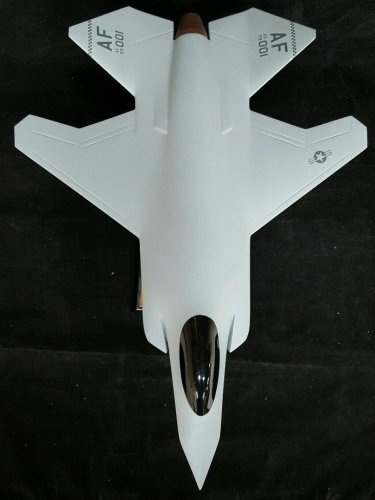


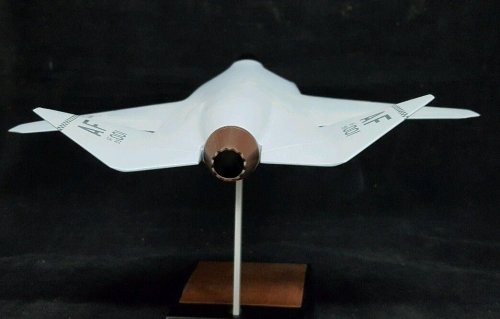
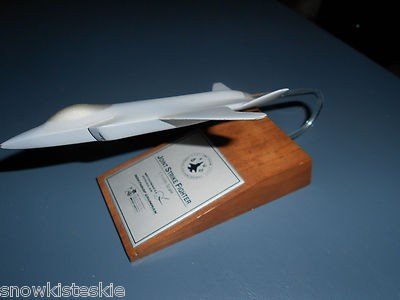

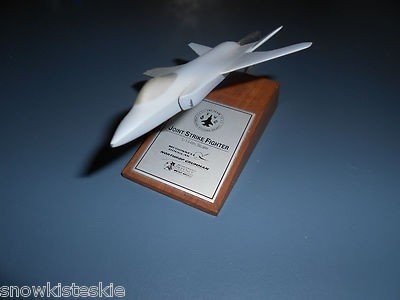
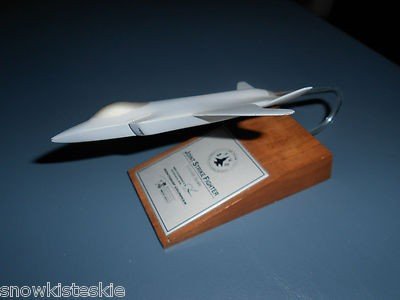
flateric said:1/72 or 1/144, John?
My favorite JSF design. My future USAF would have been these and F-23s :'(flateric said:https://www.worthpoint.com/worthopedia/desk-top-airplane-jet-space-models-1861396569
bobbymike said:My favorite JSF design. My future USAF would have been these and F-23s :'(flateric said:https://www.worthpoint.com/worthopedia/desk-top-airplane-jet-space-models-1861396569
Does anybody know where to find a pdf copy of the document? The link is no longer active, and the NASA report server does not provide a pdf version.Impact of agility requirements on configuration synthesis
Author(s): Oneil, Patrick J.; Nyberg, Gregory; Deturk, Robin; Seal, Daniel W.; Grethlein, Christian E.
Abstract: A configuration design study was performed by McDonnell Douglas Aerospace (MDA) for the NASA Langley Research Center to determine the impact of agility-based requirements on the design of multirole aircraft. Design guidelines and methodologies were developed which can guide the aircraft designer in the selection of aerodynamics, controls, avionics, propulsion, and materials technologies for a given level of both agility and observables requirements. A matrix of nine aircraft was generated to investigate the quantitative effects of agility-based requirements and observables requirements on vehicle design and sizing. This matrix of aircraft indicates the relatively large TOGW penalty associated with high levels of agility when applied to a vehicle with significant observables requirements. However, the matrix also suggests that optimal integration of certain advanced technologies, such as in tailless fighter design synthesis, might have significant advantages over designs incorporating more conventional technologies. Finally, the study identifies the types of technologies required to achieve high agility under different observables requirements and allows some assessment of the current risks associated with these technologies and how future research might be focused toward reducing such risks.
NASA Center: NASA (non Center Specific)
Publication Date: Sep 1, 1994
NASA Technical Reports Server (NTRS)
hdl.handle.net
Thank you very much!!Oluen, if you message me with your email address, i can send you a pdf.
Cheers, AF
From Air Force 1994/10.
I definitely agree with that, the MDD/NG JSF offering had V-tails more flattened out, same Lambda wing planform, put a canopy on it, pretty close. The MDD/NG JSF could have given the X-35 a run for its money. The Marines did not want to support a second engine type though.random but I just noticed that Boeing's Loyal Wingman looks a lot like the McD's JAST, just unmanned.
wouldn't be surprised if some of the engineers from McDs are still in Boeing after the merger
View: https://www.youtube.com/watch?time_continue=23&v=iJpeWAxk2So&feature=emb_logo
Model in the 8ft Transonic Pressure Tunnel :MACAIR/AFWL 1993 Aero Configuration/Weapons Fighter Technology" (ACWFT) program
![r-lrc-1993-b701_p-12446-2[1].jpg r-lrc-1993-b701_p-12446-2[1].jpg](https://www.secretprojects.co.uk/data/attachments/226/226749-eca1e0a2db825c96ce0ad7a32b68932f.jpg)
That 180 turn does ugly things to the thrust delivered, and the pipes take up valuable internal volume...This design is used in NASA/McDonnell-Douglas studies of offtake jetpipes, e.g. NASA Technical Memorandum 106387. Probably not a real "project" but interesting nonetheless.
Depends on the composite.I've always thought that composites are bad for stealth, as it is transparent to radar, and therefore, exposing the internal structure to radar.
The MRF is so cool! Do we know the dimensions of it?From Aldo Spadoni on the "The Greatest Planes That Never Were" page on Facebook:
Source:
Log into Facebook
Log into Facebook to start sharing and connecting with your friends, family, and people you know.www.facebook.com

And I introduce the Boeing Ghost Bat.
Joint Strike Fighter JSF JAST Team Joint Advanced Strike Technology Sticker | eBay
<p>Joint Strike Fighter JSF JAST Team Joint Advanced Strike Technology McDonnell Douglas Northrop Grumman British Aerospace Sticker.</p><p>Don’t miss this rare opportunity to own a cool piece of aviation history.</p><p>Condition is "New". Shipped with USPS First Class.</p>www.ebay.com
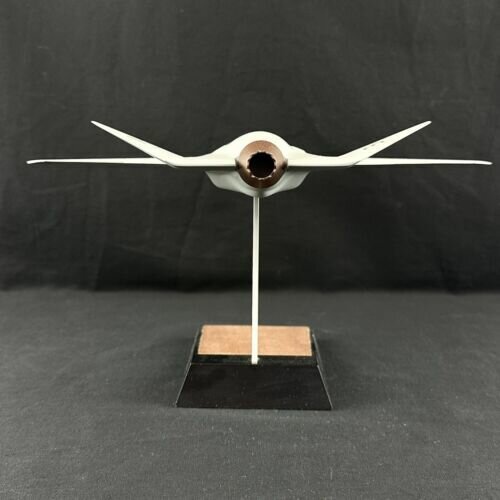
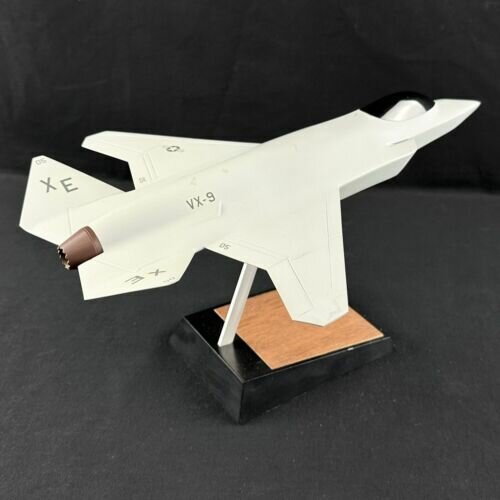
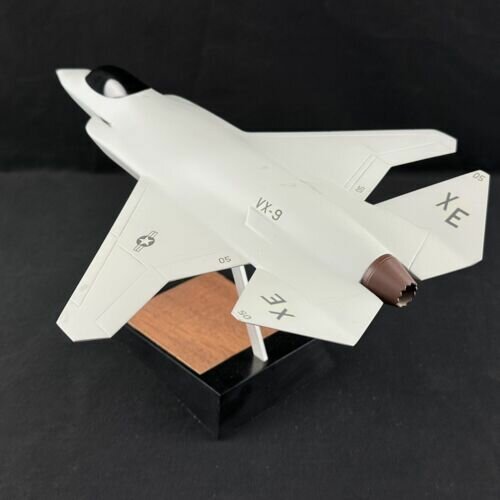
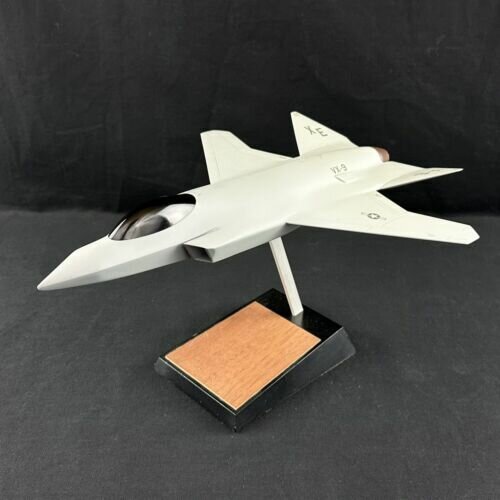
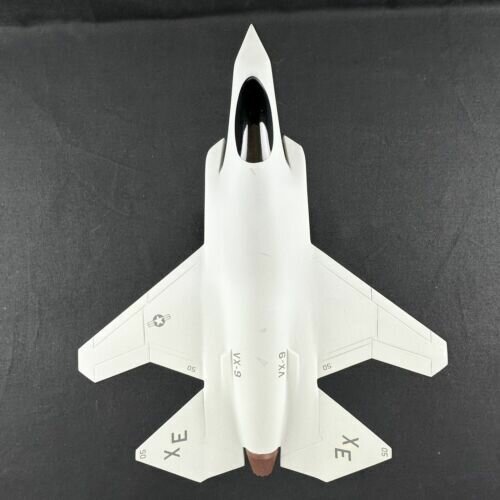
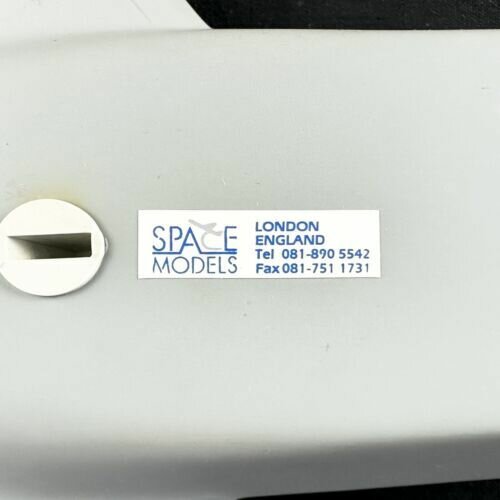
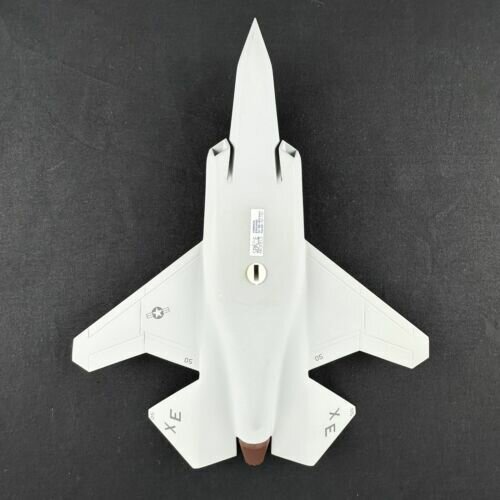
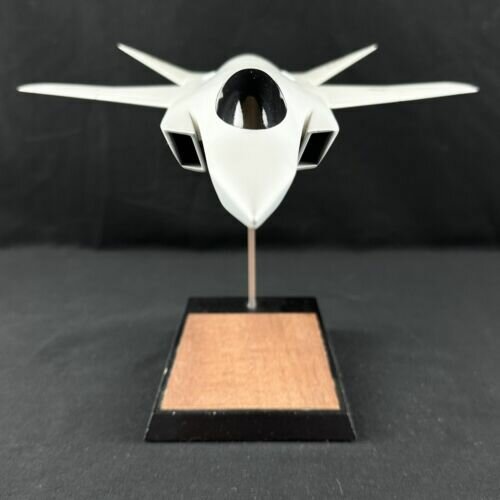
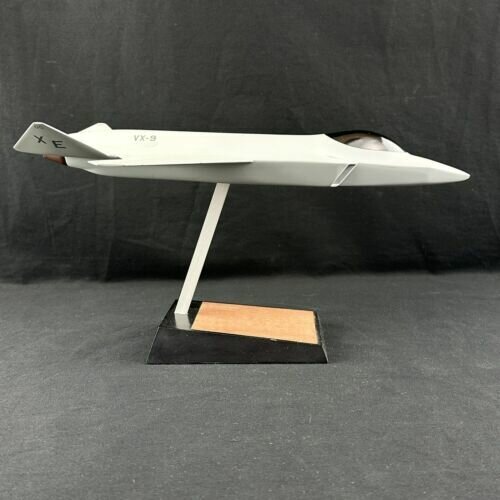
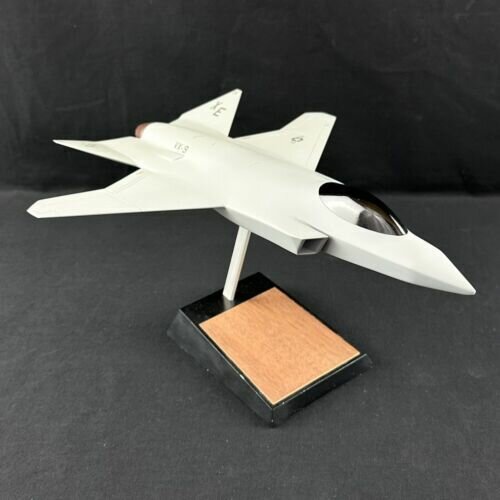
I really think that the JSF should have stuck to a two-service airframe, with the Marines getting a unique design that may not even share parts with the JSF.This could have potentially beat the X-35 but the separate lift-plus-engine was the killer. The MDD gas driven lift fan would have also had performance issues as well. This would have been a excellent USAF and USN version though.
